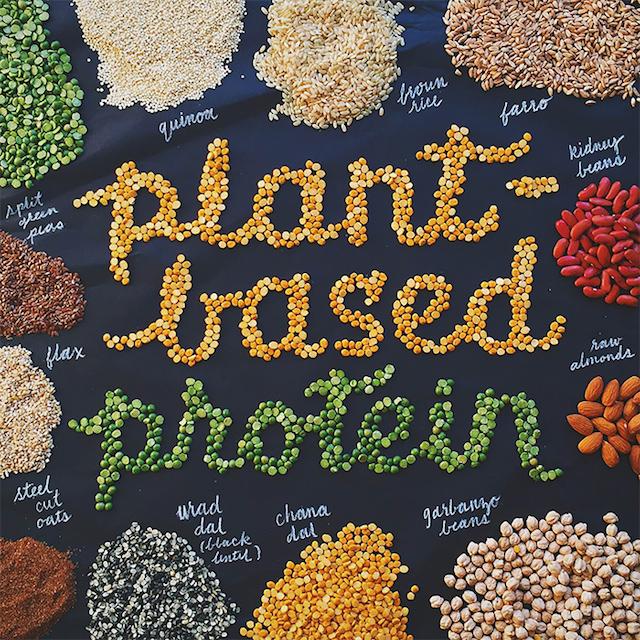1. Roger VL, Go AS, Lloyd-Jones DM, et al:
Heart Disease and Stroke Statistics--2012 Update: A Report From the American Heart Association. Circulation 2012;
125:e2-e220.
2. Hu J, La Vecchia C, de Groh M, et al:
Dietary cholesterol intake and cancer. Ann Oncol 2012;
23:491-500.
3. Bemelmans WJ, Broer J, de Vries JH, et al:
Impact of Mediterranean diet education versus posted leaflet on dietary habits and serum cholesterol in a high risk population for cardiovascular disease. Public Health Nutr 2000;
3:273-283.
4. Bunyard LB, Dennis KE, Nicklas BJ:
Dietary intake and changes in lipoprotein lipids in obese, postmenopausal women placed on an American Heart Association Step 1 diet. J Am Diet Assoc 2002;
102:52-57.
5. Sharman MJ, Kraemer WJ, Love DM, et al:
A ketogenic diet favorably affects serum biomarkers for cardiovascular disease in normal-weight men. J Nutr 2002;
132:1879-1885.
6. Barnard ND, Scialli AR, Bertron P, et al:
Effectiveness of a low-fat vegetarian diet in altering serum lipids in healthy premenopausal women. Am J Cardiol 2000;
85:969-972.
7. Frolkis JP, Pearce GL, Nambi V, et al:
Statins do not meet expectations for lowering low-density lipoprotein cholesterol levels when used in clinical practice. Am J Med 2002;
113:625-629.
8. Hippisley-Cox J, Coupland C:
Unintended effects of statins in men and women in England and Wales: population based cohort study using the QResearch database. BMJ 2010;
340:c2197.
9. Zhang X, Shu XO, Xiang YB, et al:
Cruciferous vegetable consumption is associated with a reduced risk of total and cardiovascular disease mortality. Am J Clin Nutr 2011;
94:240-246.
10. Bazzano LA, He J, Ogden LG, et al:
Fruit and vegetable intake and risk of cardiovascular disease in US adults: the first National Health and Nutrition Examination Survey Epidemiologic Follow-up Study. Am J Clin Nutr 2002;
76:93-99.
11. Bazzano LA, Thompson AM, Tees MT, et al:
Non-soy legume consumption lowers cholesterol levels: a meta-analysis of randomized controlled trials. Nutrition, metabolism, and cardiovascular diseases : NMCD 2011;
21:94-103.
12. Bazzano LA, He J, Ogden LG, et al:
Legume consumption and risk of coronary heart disease in US men and women: NHANES I Epidemiologic Follow-up Study. Arch Intern Med 2001;
161:2573-2578.
13. Sabate J, Oda K, Ros E:
Nut consumption and blood lipid levels: a pooled analysis of 25 intervention trials. Arch Intern Med2010;
170:821-827.
14. Mattes RD, Dreher ML:
Nuts and healthy body weight maintenance mechanisms. Asia Pac J Clin Nutr 2010;
19:137-141.
15. Kris-Etherton PM, Hu FB, Ros E, et al:
The role of tree nuts and peanuts in the prevention of coronary heart disease: multiple potential mechanisms. J Nutr 2008;
138:1746S-1751S.
16. Sabate J, Ang Y:
Nuts and health outcomes: new epidemiologic evidence. Am J Clin Nutr 2009;
89:1643S-1648S.
17. Hung HC, Joshipura KJ, Jiang R, et al:
Fruit and vegetable intake and risk of major chronic disease. J Natl Cancer Inst2004;
96:1577-1584.
18. Joshipura KJ, Hu FB, Manson JE, et al:
The effect of fruit and vegetable intake on risk for coronary heart disease. Ann Intern Med 2001;
134:1106-1114.
19. Qin Y, Xia M, Ma J, et al:
Anthocyanin supplementation improves serum LDL- and HDL-cholesterol concentrations associated with the inhibition of cholesteryl ester transfer protein in dyslipidemic subjects. Am J Clin Nutr 2009;
90:485-492.
20. Aviram M, Rosenblat M, Gaitini D, et al:
Pomegranate juice consumption for 3 years by patients with carotid artery stenosis reduces common carotid intima-media thickness, blood pressure and LDL oxidation. Clin Nutr 2004;
23:423-433.
21. Rissanen TH, Voutilainen S, Nyyssonen K, et al:
Low serum lycopene concentration is associated with an excess incidence of acute coronary events and stroke: the Kuopio Ischaemic Heart Disease Risk Factor Study. Br J Nutr 2001;
85:749-754.
22. Rissanen T, Voutilainen S, Nyyssonen K, et al:
Lycopene, atherosclerosis, and coronary heart disease. Exp Biol Med (Maywood) 2002;
227:900-907.
23. Rissanen TH, Voutilainen S, Nyyssonen K, et al:
Serum lycopene concentrations and carotid atherosclerosis: the Kuopio Ischaemic Heart Disease Risk Factor Study. Am J Clin Nutr 2003;
77:133-138.
y6
24. Bassett CM, Rodriguez-Leyva D, Pierce GN:
Experimental and clinical research findings on the cardiovascular benefits of consuming flaxseed. Appl Physiol Nutr Metab 2009;
34:965-974.
25. Mozaffarian D, Aro A, Willett WC:
Health effects of trans-fatty acids: experimental and observational evidence. Eur J Clin Nutr 2009;
63 Suppl 2:S5-21.
26. Sieri S, Krogh V, Berrino F, et al:
Dietary glycemic load and index and risk of coronary heart disease in a large italian cohort: the EPICOR study. Arch Intern Med 2010;
170:640-647.
27. Yang Q, Zhang Z, Gregg EW, et al:
Added Sugar Intake and Cardiovascular Diseases Mortality Among US Adults. JAMA Intern Med 2014.
28. Menotti A, Kromhout D, Blackburn H, et al:
Food intake patterns and 25-year mortality from coronary heart disease: cross-cultural correlations in the Seven Countries Study. The Seven Countries Study Research Group. Eur J Epidemiol1999;
15:507-515.







 What makes the festive season so special is that sense of hope and expectation leading up to Christmas Day. Hope is a powerful emotion and few sights are able to inspire more hope than that of a new life entering the world.
What makes the festive season so special is that sense of hope and expectation leading up to Christmas Day. Hope is a powerful emotion and few sights are able to inspire more hope than that of a new life entering the world.


 Almost 50% of American adults have total cholesterol levels above 200 mg/dl, placing them at risk for
Almost 50% of American adults have total cholesterol levels above 200 mg/dl, placing them at risk for 




